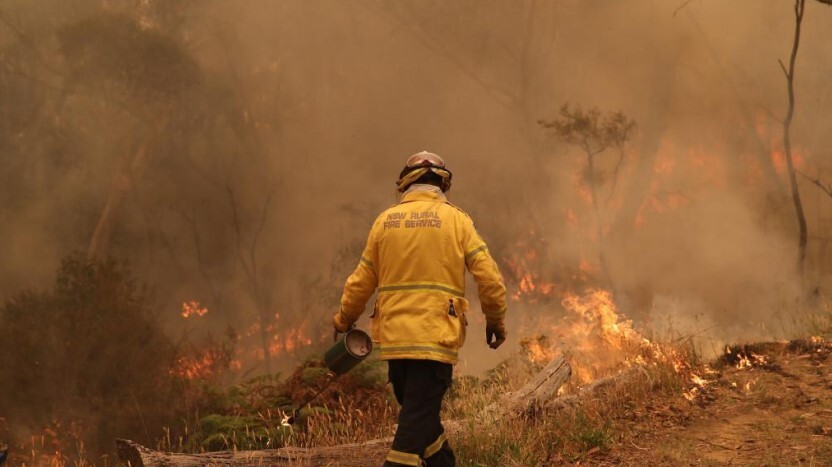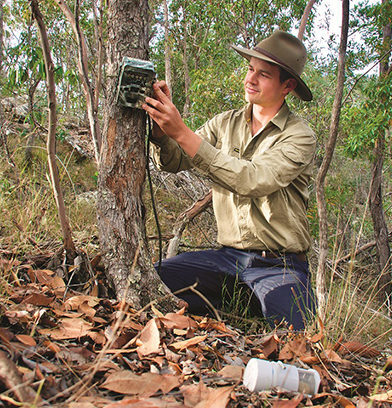Controlled burns the best way to control feral cats?
Luke Williams
21 April 2024, 3:40 AM
 Research is revealing how to tackle the devastation caused by feral cats
Research is revealing how to tackle the devastation caused by feral catsControlled burns and fencing are the best ways to reduce "environmentally devastating" feral cat numbers across the region says the Australian Wildlife Consultancy (AWC).
Late last year, the Commonwealth Government released its draft plan for tackling the feral cat crisis.
The AWC said it welcomed the plan as a "step in the right direction" - but has specific strategies it wants the government to hone in on.
It is thought that cats have caused profound species loss in Australia, giving Australia the worst mammal extinction rate of any country in modern times.
Over 10% of the Australian terrestrial mammal species present 250 years ago are now extinct – with around 40 mammal species now completely extinct because of cats.
Joey Clarke, Australian Wildlife Conservancy Senior Science Communicator said that studies of cats near Western NSW showed that while many cats are territorial they can travel hundreds of kilometres in one day.

IMAGE: Rural Fire Service
Mr Clarke said there were around two million feral cats in Australia during drought periods and up to eight million when the weather was wetter and prey was more abundant.
"They have been an absolute disaster for Australia's biodiversity," he said "It's really only in the last ten to fifteen years that we have realised just how catastrophic cats have been. Each cat eats between five and seven mammals every night".
He said that dealing with a problem that exists in such landscape had proved problematic with options such as trapping, baiting and hunting shown not to be effective.
Large fenced off areas, with "six foot high fences" had, Mr Clarke said, by contrast been shown to work restore populations of animals like bandicoots, numbats and bilbies.

Joey Clarke AWC
There are about ten such large scale fencing projects around the country.
But he said what the AWC is really pushing for is the controlled burns that "leave enough habitat around to shelter native animals".
"It's all about managing vegetation." Mr Clarke "Native animals are well adapted to fires, feral cats are not – with the fires leading to large scale cat population reduction".
"By contrast when fires burn wildly and the whole of habitat is destroyed, feral cats can really take advantage of that situation and that poses a disaster for small mammals".
Meanwhile a spokeswoman from the Department of Climate Change, Energy, the Environment and Water said that the Department is still sifting through information from the Threat Abatement Plan for Predation by Feral Cats released last year.
"The department is considering extensive feedback received through the public consultation on the draft updated. The department will amend the draft plan as required and in consultation with state and territory governments, given their in-principle agreement to sign up to the final plan".
"In the meantime, we continue to provide significant support for on-ground feral cat control and applied research".



